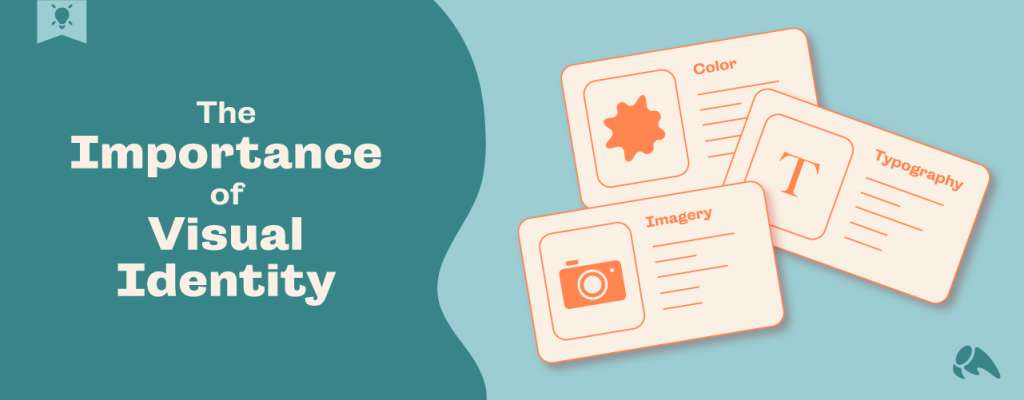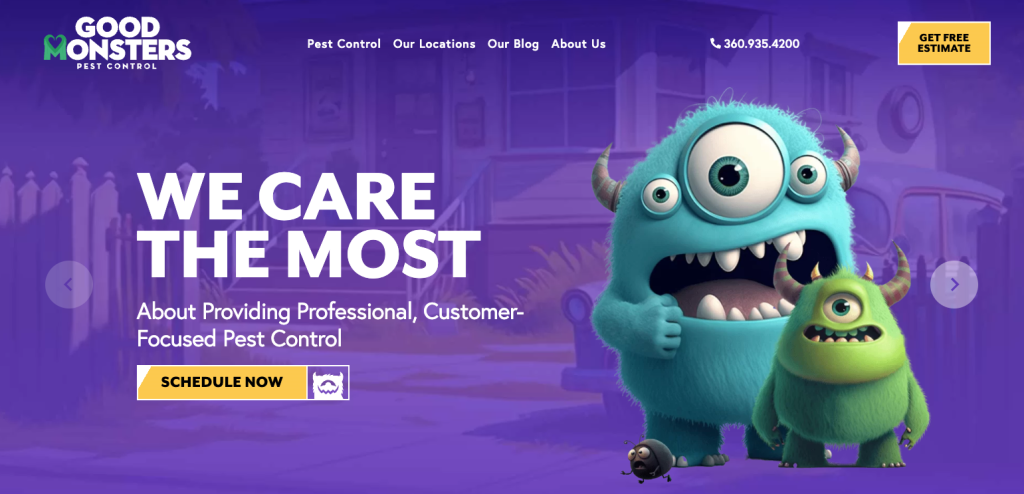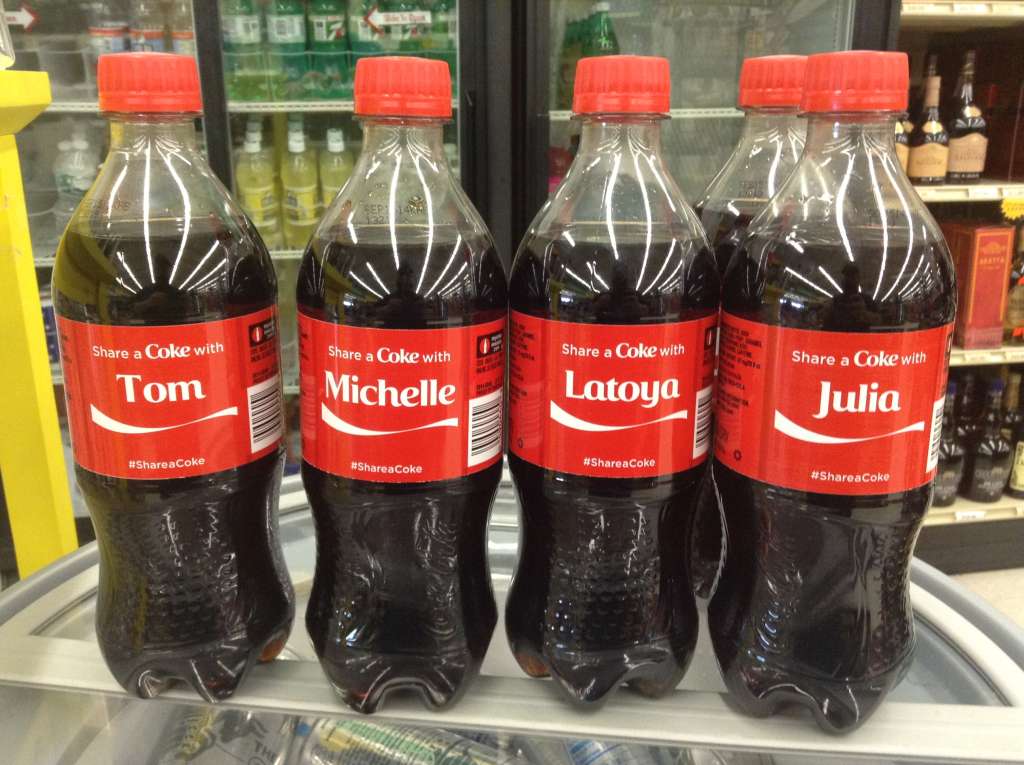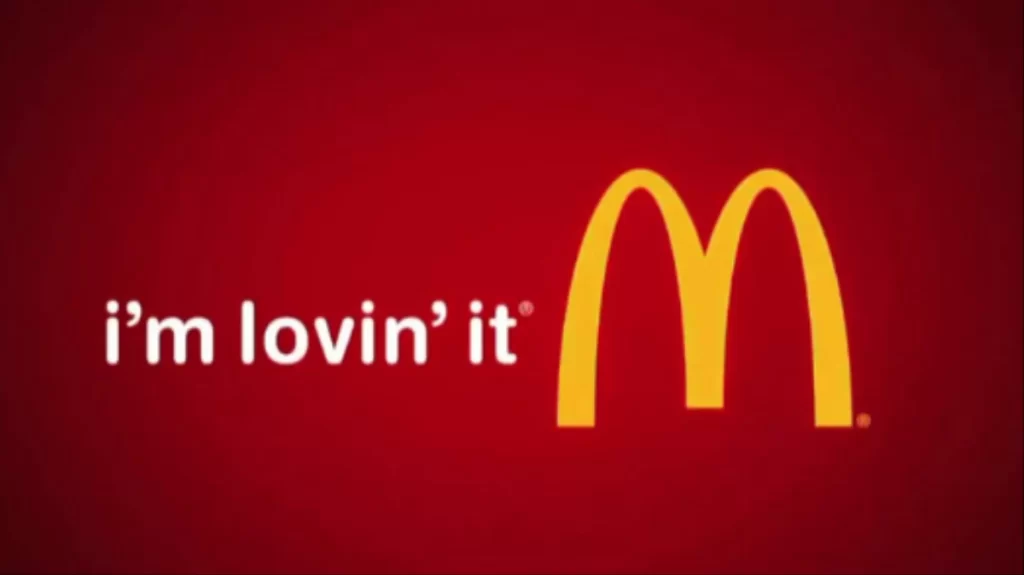
A strong brand can be invaluable to your business. Think about it: Someone recognizes your product or service simply by looking at a symbol, or noticing two colors paired together, or hearing someone hum a couple of notes of a tune. This is the power of branding, and it all starts with your visual identity. To better understand what visual identity entails and why it’s important, we sat down with Art Director and branding expert Jeremy Evans (who recently celebrated 10 years at Overit!).
What is a visual identity, and why does it matter for a brand?
Visual identity is the visual elements that distinguish your brand. This includes your logo, colors, typography, layouts, and things that aren’t necessarily “visual,” like voice and tone. All these things must come together to tell the story of your brand. A strong visual identity can help you with:
- Brand recognition: Your logo is recognizable.
- Standing out from your competitors: You can never be mistaken for a competitor.
- Enforcing the message behind your brand: People understand what your brand stands for just by looking at it.
- Building deep and emotional connections with your audience: People proudly support and recommend your brand.
- Building brand loyalty: People prefer your brand over everyone else.
- Building trust and reliability: You’ve earned your audience’s trust, and they know how you will be presented in the world.
What are the key elements of a visual identity, and how do they work together to convey a brand’s message and values?
Your logo should be the first and most recognizable element of your visual identity. But remember, a logo is not the same thing as a brand. It is just one part of it. But ideally, it should capture the essence of your brand. Your colors will help evoke emotions, and the typography, fonts, styles, layouts, voice, and tone will all work together to help build recognition and contribute to your message. Other items to consider are illustrations, photography, iconography, patterns, and shapes.
“We want people to constantly encounter those colors, that logo, those messages, those design elements to be able to recognize the brand. Those things all help to reinforce the message. Each visual element contributes to the message. Then, we’ll create the guidelines for those elements. We ensure that all of those brand materials, whether for digital or print, can all adhere to that same visual identity.”
What are some examples of brands that have successfully used their visual identity to stand out in a crowded market?
- Apple: Simplicity and Sophistication
- Coca-Cola: Bold
- Nike: Motion and Speed
- McDonald’s: Consistency
- Amazon: Friendly
- Starbucks: Growth Green

“As for my own work, I would highlight our Ellis Medicine Surgery Campaign, which used a distinct orange paper crane as a visual element, as well as our work for GoodMonsters Pest Control.”


How does a strong visual identity impact customer perception and trust in a brand?
First, a strong visual identity builds professionalism and credibility. If you have a consistent, thoughtful brand, it helps to prove you’re a legit company; you didn’t just get your logo off Fiverr or build something generic on Canva. It shows you care about your business and want others to care, too.
Second, it helps with recognition and recall. “The saying goes, a good logo is one someone can draw from memory.”
Third, it will reinforce your brand promise and differentiate you from your competitors. Customers should be able to connect with your position in the market. Take Nike, for example. There might be no difference in quality between Nike, Addidas, or Reebok, but Nike fans will always come back to buy Nike because they believe in their core message and are proud to wear the Nike Swoosh.
Tell us about the process of developing a visual identity, and what factors should brands consider during this process?
The first step is always research, or what we call Brand Discovery. “We’ll look at the competitor’s designs, logos, typographical elements, etc., just to ensure we’re visually different. And that starts to spin into the brand strategy, where we establish the goals, whether a marketing campaign or a complete rebrand.
“Then we go into conceptual development. We brainstorm and create concepts for the visual identity. This is normally logos, but it could be anything. Collaboration is key here. We start thinking about the brand and define icons, types, colors, and other visual elements. It’s normal for this process to have a lot of back and forth until we get it perfect.
“Once it’s ready, we’ll do some testing, which could include focus groups or surveys to get feedback and ensure we’re on point and the brand resonates with the target audience. Depending on the size and complexity of the brand, you could do a formal brand launch or a staged rollout where you’ll start with certain items and roll out the rest of the brand over time.”
One example of a staged rollout you’ll recognize here in the Captial Region is the new Broadview Federal Credit Union brand. Some branches have the new Broadview signs, while others are still labeled as CAP COM or SEFCU. Changing over every single sign overnight wouldn’t be realistic, so it’ll be a strategic process to change all the signage over officially.
How does a visual identity help in reaching and connecting with a target audience?
It’s all about building an emotional connection through storytelling and brand values. Are you an eco-friendly activist? Are you cutting-edge and forward-thinking? Are you retro and old school? Find your voice and the people drawn to that voice. Visual identity can also help grab someone with a first impression. Some might remember seeing the Apple logo emblazoned on the back of a slick laptop and immediately thinking, “I need that.”
How can a brand ensure its visual identity remains relevant and adaptable in a constantly changing marketplace?
Research and constant testing!
Stay informed on the latest marketing trends. Look at your competitors and see what they’re doing or not doing. Get feedback from your audience. See if you can “break” your brand in different mediums or ad types. For example, does your logo work as a social media icon, a bumper sticker, and a billboard? Make sure it’s adaptable without losing your brand integrity.
How does a visual identity influence marketing and advertising strategies? Can you provide examples of successful campaigns driven by a strong visual identity?
Coca-Cola: Share a Coke Campaign
One successful campaign was the Share a Coke campaign when the Coke logo was replaced by names (Share a Coke with Dan). The brand maintained its consistency (color and type font) while adding a personalized touch. Who doesn’t love finding their names on things?

McDonald’s: Sonic Brand
The iconic McDonald’s jingle (ba da da ba baaa, I’m lovin’ it) has been used for over 20 years, created in 2002 when McDonald’s wanted to create a jingle that could be used internationally. The simplicity of the tune and message stuck. The campaign was initially supposed to only run for two years, but the jingle is still used today, a prime example of brand consistency and how a brand is more than just what you can see.

How can small businesses or startups with limited resources establish a compelling visual identity that differentiates them from competitors?
All this might sound overwhelming, but it’s very doable. You just need to invest the time and have the right tools. If you’re able, partner with professionals to help. Before you start, know your brand, goals, and audience. Be simple and focused.
“Make sure your logo is unique, memorable, can visually scale, works well in black and white, and select and keep a consistent color palette.”
Set your standards and keep it consistent. Develop your brand guidelines. Don’t develop your logo in a vacuum. You need to think about all these elements we’ve talked about and how they’ll work together.
Interested in having your brand and visual identity reviewed? Know you need help? Don’t hesitate to reach out to us to learn more about our brand development services!





